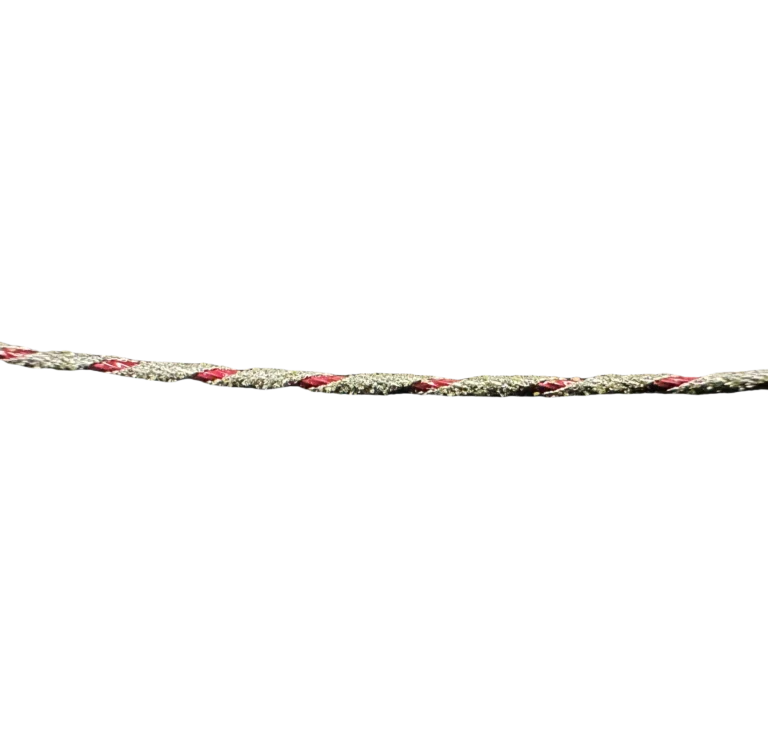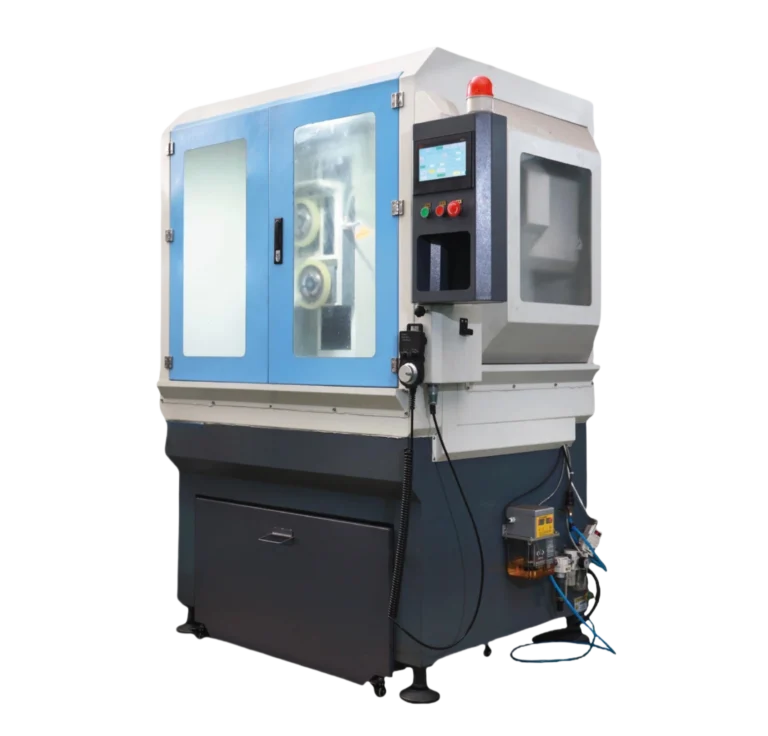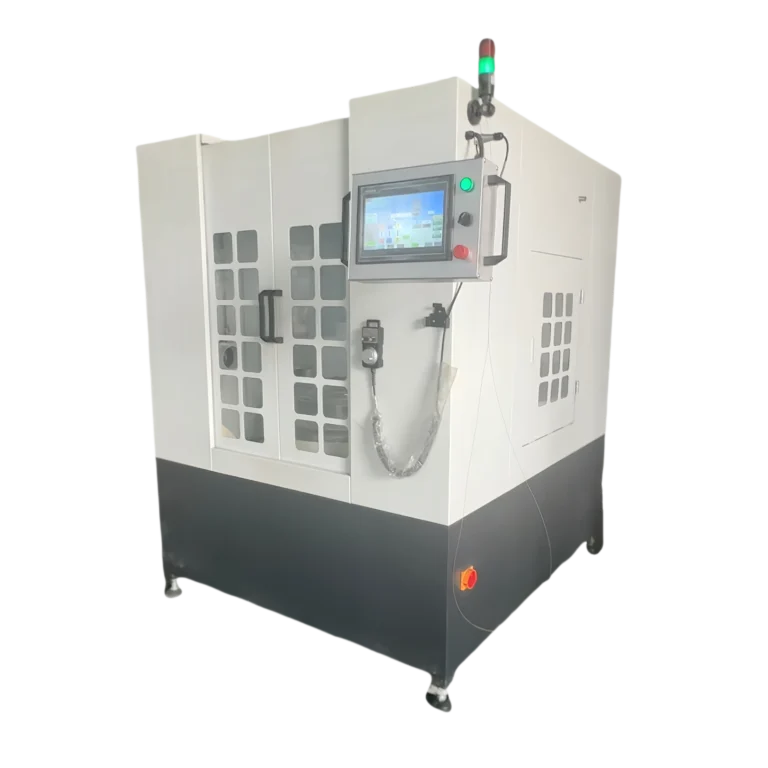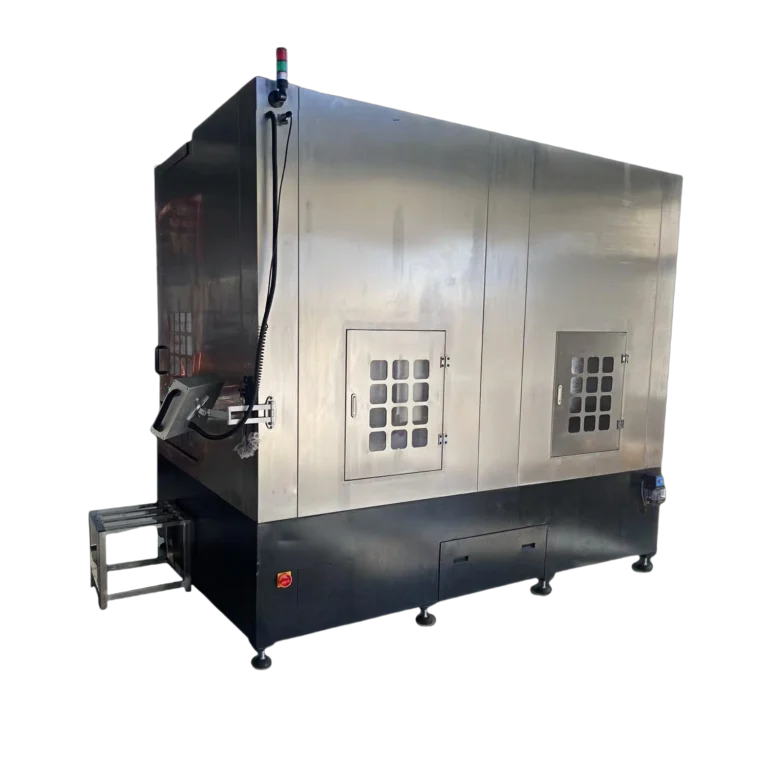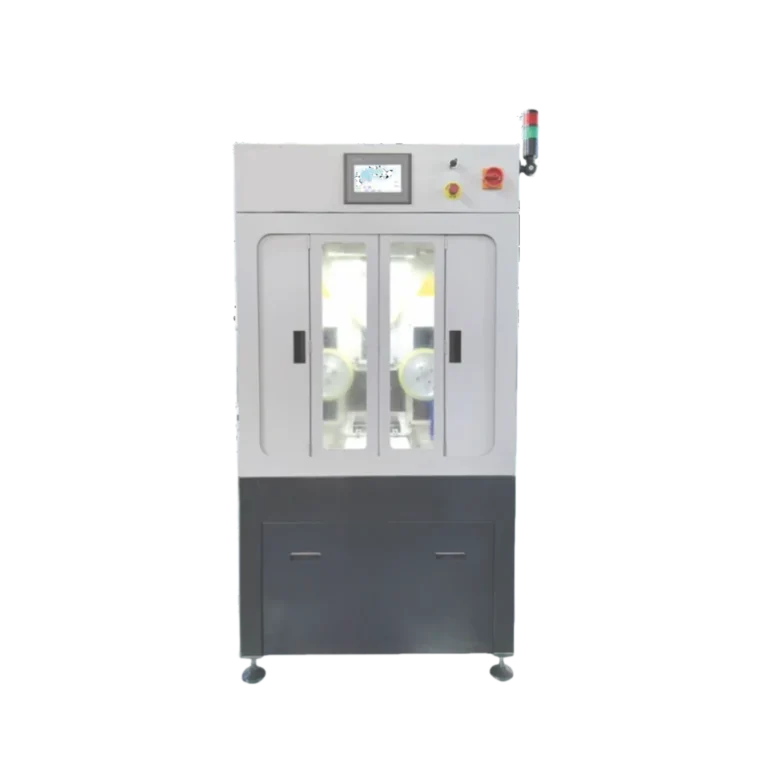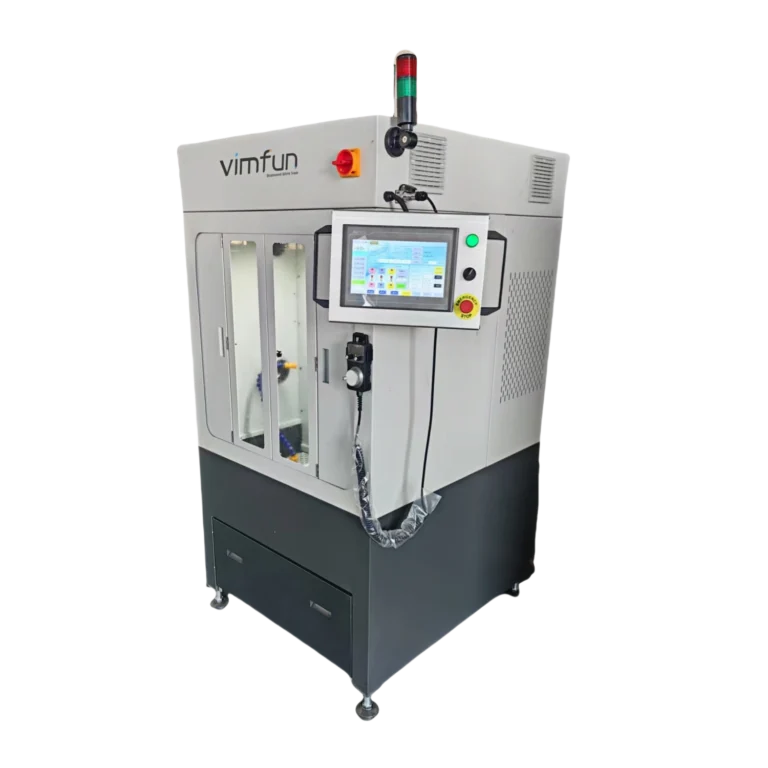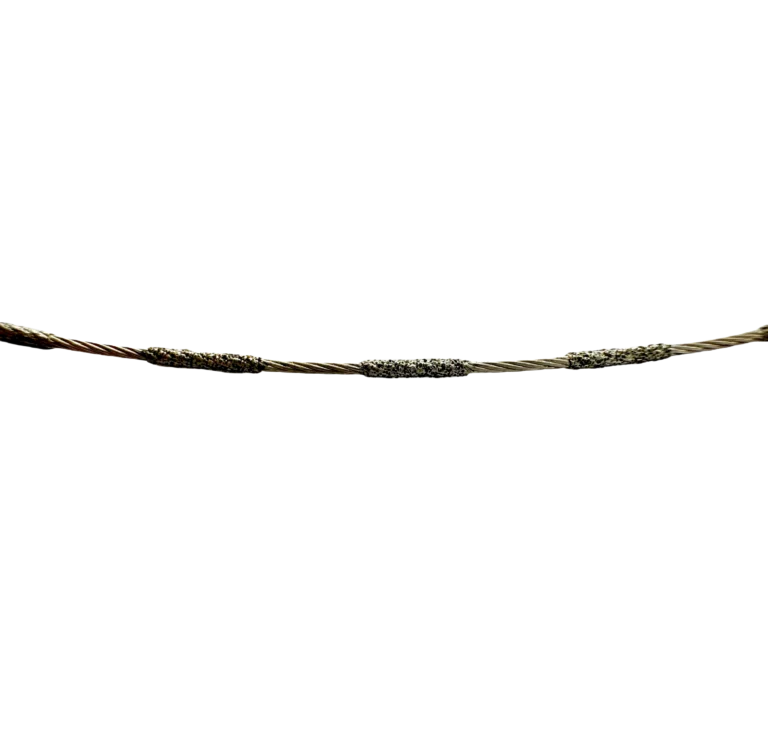
Best Segment Coated Quartz Wire Saw for Factories
Factories that cut hard materials need tools that are strong and safe. The Segment Coated Quartz Wire Saw is one of the best tools for this work. It can cut quartz, glass, and ceramics quickly and cleanly. This wire saw is strong and lasts a long time. It helps factories save time and money. Workers can complete their tasks more efficiently, and machines are less likely to experience frequent downtime. It works well in busy factories where cutting must be precise and smooth. These wire saw is perfect quality solutions for useful every factory. We are a top-rated supplier for this Segment Coated Quartz Wire Saw. Choosing right Segment Coated Quartz Wire Saw The Segment Coated Quartz Wire Saw is special. It has small segments on the wire that make it sharp and strong. This helps the wire cut through hard materials easily. The segments reduce heat and make the

